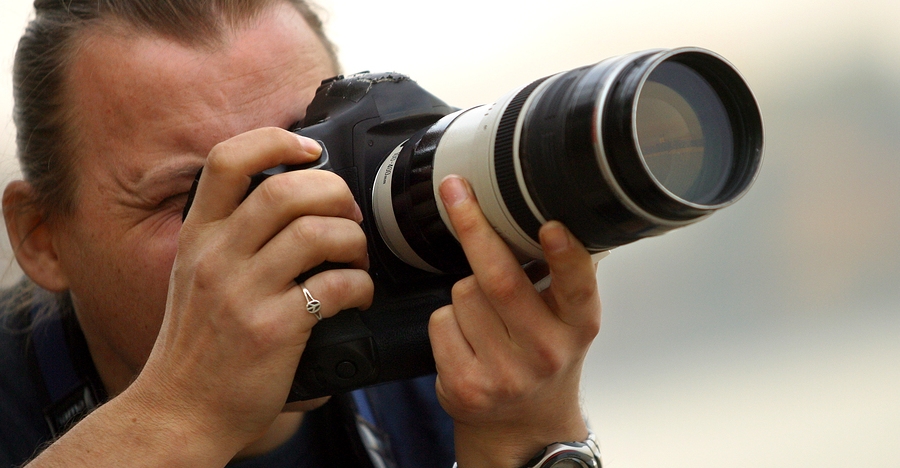This article will show you 5 ways to protect your work when you want to upload your pictures online.
Watermarking is probably one of the most common ways to try and prevent photography thefts but there are other things you can do as well. It’s wise to know about them – even if you do feel honored that someone wants to steal your pictures.
Use Custom Coding
- Disable Right-Click: you can find JavaScript that will prevent right-click action anywhere on your page. While this helps, it’s easy to go to the navigation menu and select “view source” to find the image path. It helps, but I’ve found this usually emboldens thieves. However, it does keep the honest people from using your photos.
- Tiling Images: some photographers will intentionally crop their images into four or more pieces and put them back together on the website. When looking at the image, it looks like a single photo, but if they right-click or try to drag and drop the image, they only get a small part. They would have to save each piece of the image and reconstruct it. This also works, but it’s a real pain to do this for every photo, if you can imagine.
- CSS Background Image: Another trick you can do is to put a transparent image on your page and use CSS to put your photo in the background. If they right-click or try to drag the image, they only save the transparent graphic in the foreground. This is a nice trick and easy to automate, but far from bullet-proof. All it takes is right-clicking and viewing the source of the page to find the image path.
Require Registration for Image Galleries
If controlling distribution is too much of a pain, consider putting your images in a gallery that requires the user to register to see your images. This is a self-service system and makes the person register with a valid email address. Because it’s automated, you won’t have as much control, but at least you’re not having to send individual links to images.
Consider that people can use an email address and remain anonymous. So this doesn’t protect you, but it does require more work on the part of thieves. This also protects your images from showing up on search engine results.
Limit Distribution of High Resolution Images
If you do put high resolution images online, put them in a protected folder by Dropbox or uploading them to Google Drive. You can then send someone a link to these images. You know who has what links this way, and if you find that images are being distributed without your permission, you will have a pretty good idea of who is doing what.
Watch for Theft and Get Aggressive
You may want to regularly Google yourself. Every now and then, you may find one of your images in search results and have to make contact. Here’s a big tip: be gracious when this happens. If you simply send someone an email to ask them to remove your photos, 9 times out of 10 they will and you can move on with your life.
On those rare occassions that someone does not respond, get aggressive. You can find a standard “cease and desist” document online. You can even send people a bill – that gets their attention fast. If a bill still doesn’t work, send the bill to collections. You can still be really nice when contacting them, but you have to be able to drop the hammer fast when someone isn’t honoring the rights you’ve full reserved.
Don’t Put Images Online at All
Lastly, there are many photographers who, through reputation or because they have physical galleries, just shouldn’t put their images online. Not to contradict my original argument that photographers should have an online portfolio, thumbnail images and low resolution are still appropriate. However, high resolution images just shouldn’t be out there for professional photographers.
People can walk into a physical gallery, see something they like, and Google the photographer. Do you think they’ll buy your expensive, framed image if they can download a high resolution version and print it themselves? Unless they’re a collector and just don’t care, most of the time they’ll just print it themselves. The only fool-proof way to prevent theft of your images online is to not put anything close to the original online at all.
Read the full article over at tuts+.
Source: tuts+

